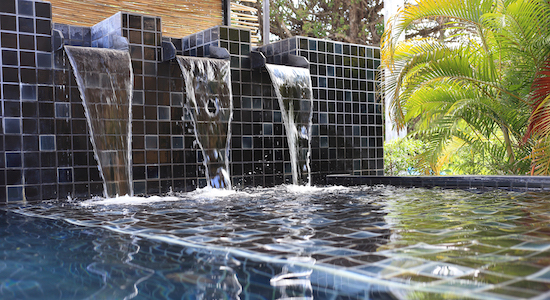– sponsored content –
Exterior tiled features create a powerful first impression for any home or business. Although these features can add curb appeal or attract customers, exterior installations can also present complications. Temperature variations between summer and winter months can potentially ruin these installations if care isn’t taken.
Prep for Success
Any installation requires considering substrate condition, environmental factors and intended use of the space. These go double for exterior installation. The right installation materials, installed correctly to work as one system from substrate to sealant, help outdoor tile installations stand up to the elements.
Tile Selection Is Key for a Successful Exterior Installation
For exterior installations, tile selection is critical. For example, paper-back, mesh-back, or dot-mounted tile should not be used on the exterior unless the manufacturer explicitly guarantees the material for these applications. Climate-specific challenges must also be considered. If an installation will be subject to freeze/thaw cycles, the tile should be frost resistant. Also, make sure you’re considering the effect rain and snow may have on the tile surface. Unglazed tiles may work best, as they often have non-slip properties.
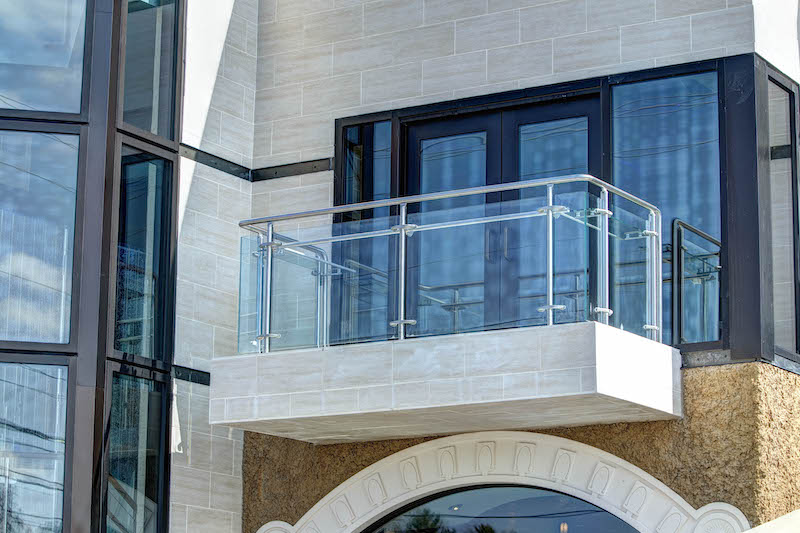
Consider Exterior Floor and Wall Substrates
Concrete is the ideal substrate for exterior floor installations, while other firm substrates like concrete masonry units or backer boards could be used for walls. When installing on an existing slab, it is important to ensure you can get a proper bond. A primer made to work with your tile setting system will help to get you a clean slate. Make sure you clean the substrate thoroughly before application.
Once your substrate is cleaned and primed, any surface variations must be addressed. Utilizing an appropriate patching compound, make sure you achieve the flatness requirements of TCNA. To account for drainage, it is also critical that exterior floors, decks or patios be sloped in the proper direction.
Consider Seasonal Changes and Freeze/Thaw Cycles
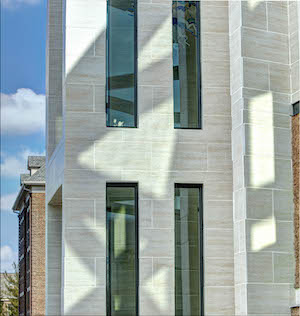

Seasonal changes and the freeze/thaw cycles that come with them can drastically change the moisture levels around your installation. These processes can cause substrates, adhesives and tiles to expand, contract, or crack. Waterproofing and crack-isolation membranes like TEC® HydraFlex™ can help alleviate the demands of exterior tile installations. All crack-isolation membranes can help isolate in-plane cracks and prevent them from telegraphing through your tile, only HydraFlex™ can isolate cracks twice as large AND bridge control joints. While evaluating your substrate, also make sure you’re complying with all applicable installation requirements, including proper expansion joints to account for the temperature swings.
Choose the Best Mortar for the Job
The best mortars for exterior installations have the bond strength to deal with changing moistures levels and temperatures, as well as hold up to the demands of an exterior application. Polymer-modified mortars are often best equipped for these types of conditions. The ANSI A118.15 designation indicates applications with increased bond strength requirements. Mortars meeting this specification will be best suited for exterior applications. One mortar that meets this requirement is TotalFlex® 150 from TEC®. TotalFlex 150 brings additional benefits to your exterior applications including suitability in intermittent wet/submerged applications, applications on building facades, and ultra-long open time of up to 60 minutes – 2.5 times longer than competitive offerings.
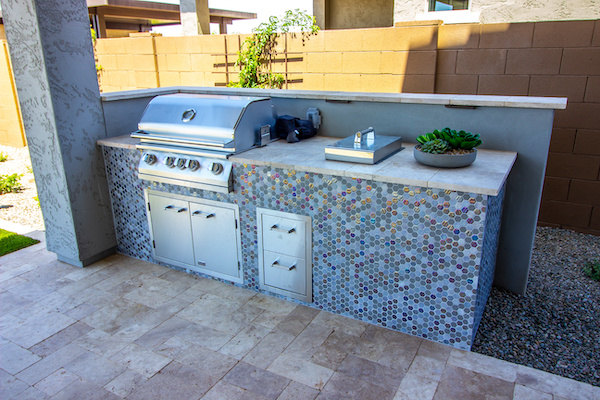

Choose the Right Grout for the Job
The grout you select is also critical to the longevity of your exterior installation. High-performance grouts offer increased bond strength, flexibility, and lower water absorption – helping to combat frost damage. Mold and mildew resistance also helps grouts to hold up to frequent moisture exposure. As with mortars, there are high-performance polymer-modified grouts to help meet these demands. The ANSI specification A118.7 would cover grouts recommended for exterior applications.
Select an Installation System That Works Together
The most critical component of your exterior installation is that all of your installation materials work together as a system to combat the challenges presented. Grouts, mortars and substrate preparation products must all be compatible. For this reason, it may be beneficial to utilize a single source for all installation materials.
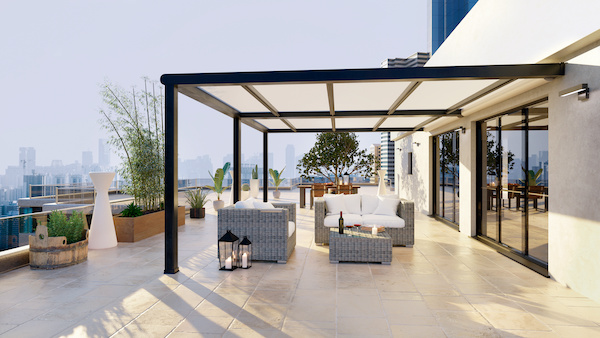

Be Aware of Changes on the Job Site
When setting tile outdoors, make sure you understand how your job site changes through the day. Several exterior weather conditions can affect your installation, including direct sunlight on a hot day. Moisture can be lost to the atmosphere when the installation is conducted or cured during hot, dry days or in the presence of direct sunlight. Tile installation should be shielded by direct sunlight by tenting. Excessive heat can prevent mortar from curing properly and creating the strength needed for long-term installation. Excessively cold temperatures can present the opposite problem for your installation. Tile should not be installed at temperatures below 54°F (12°C) when using portland cement, dry-set, or latex-portland cement mortars. It is also important to ensure the temperature doesn’t drop below 54°F (12°C) or above 100°F (38°C) until the installation is cured.
Properly Plan for a Durable Exterior Installation
Effectively using high-quality products for exterior tile application projects requires careful planning and monitoring of numerous factors. While no two projects are the same, a comprehensive understanding of the conditions that would drive your product selection will help contribute to the success of your installation. Ensuring your materials are not only rated for exterior use, but work together as a system, will pay off in the creation of a durable installation.
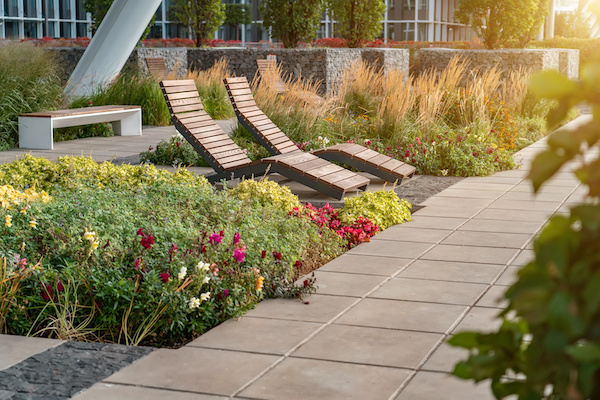

Article written by Curtis Buck


